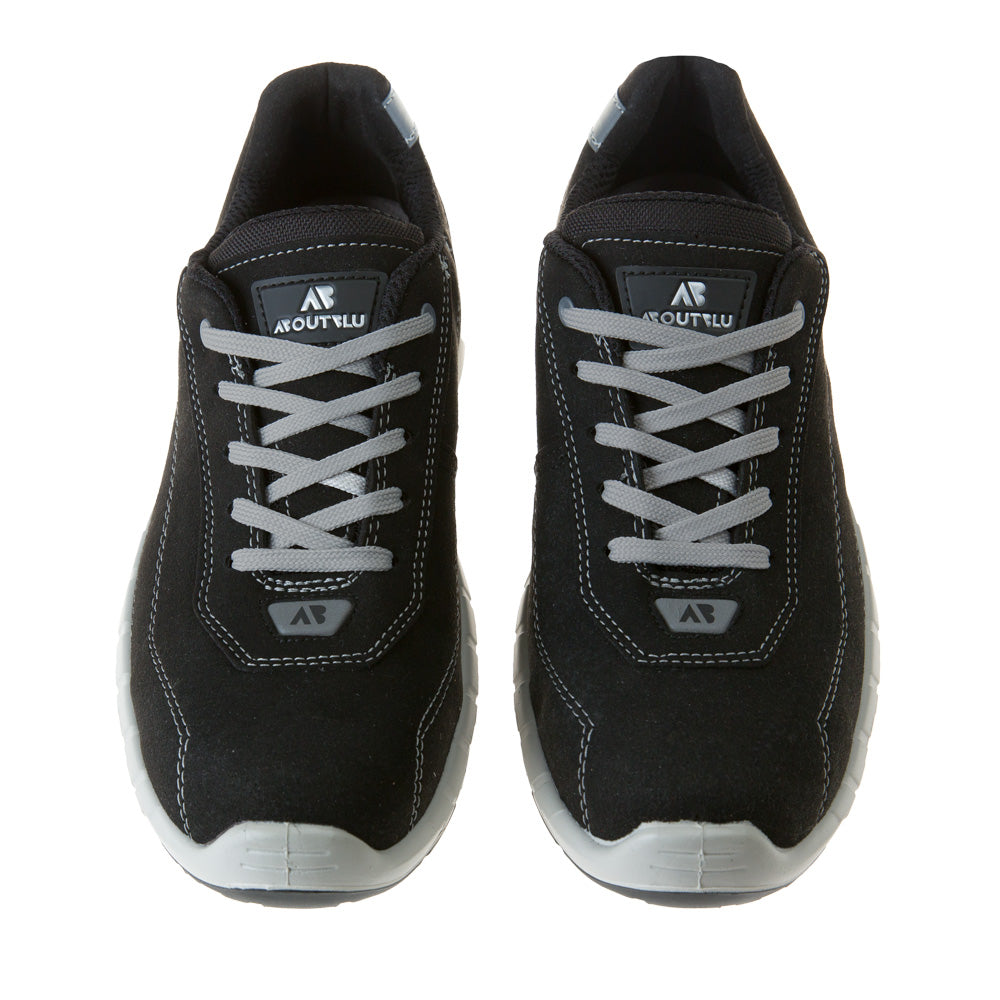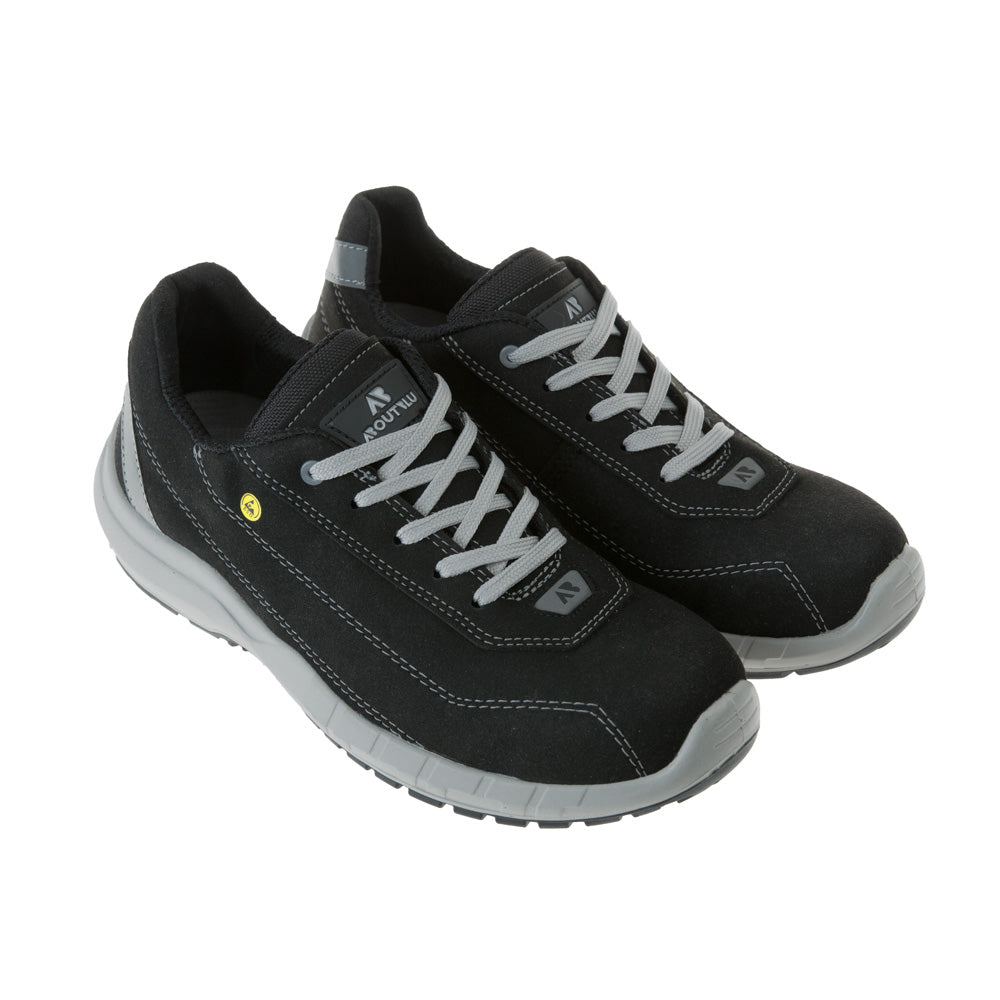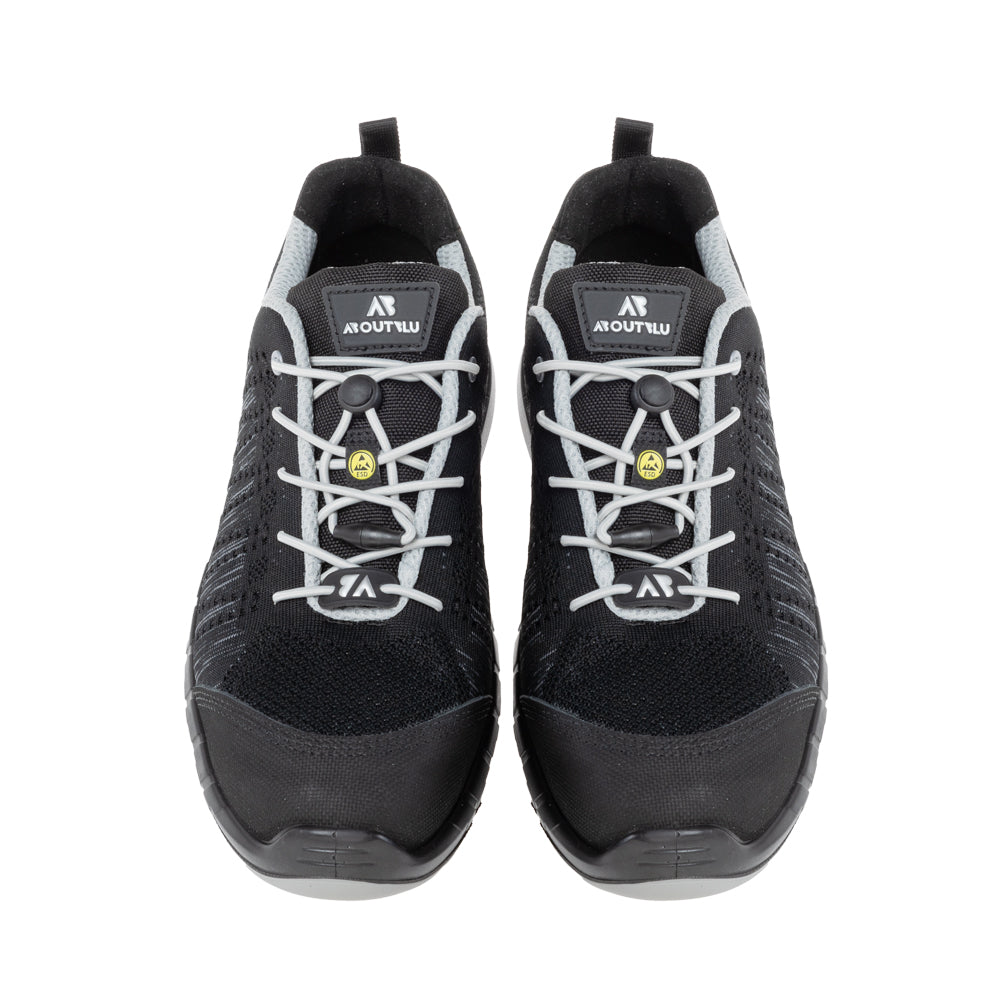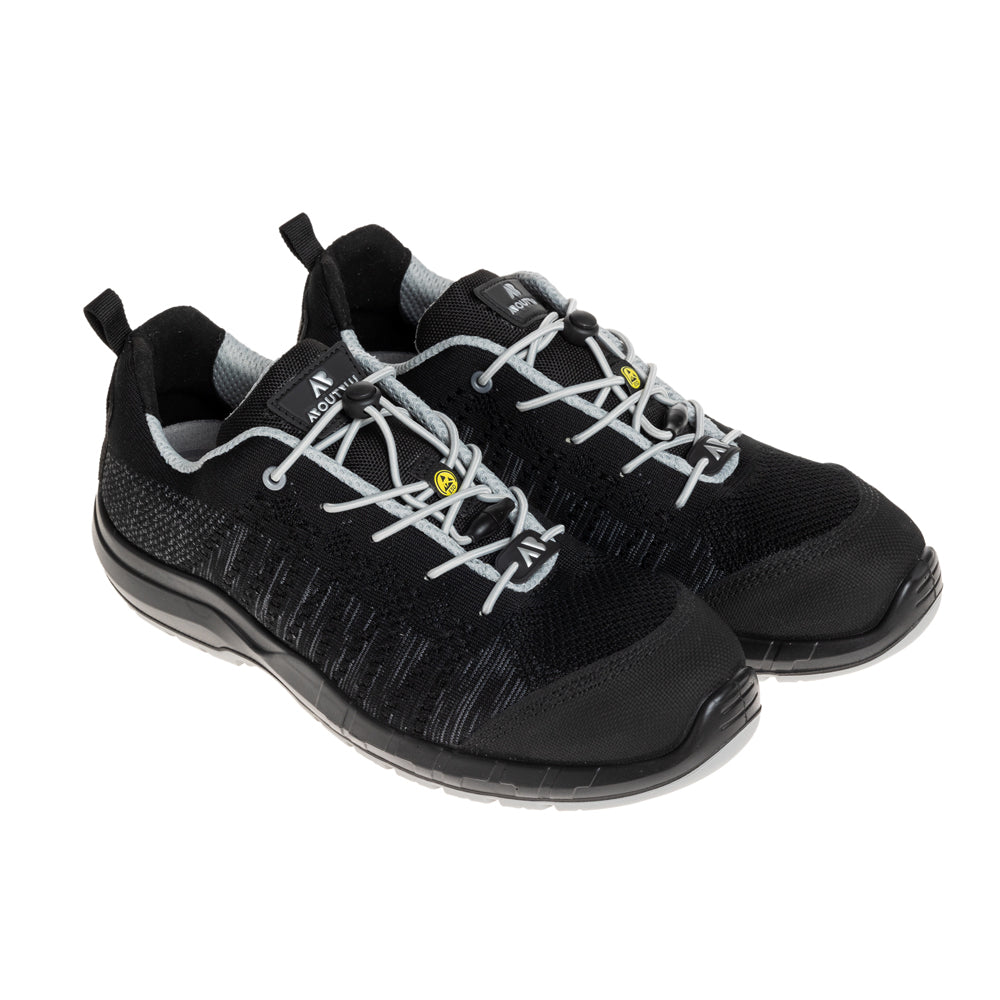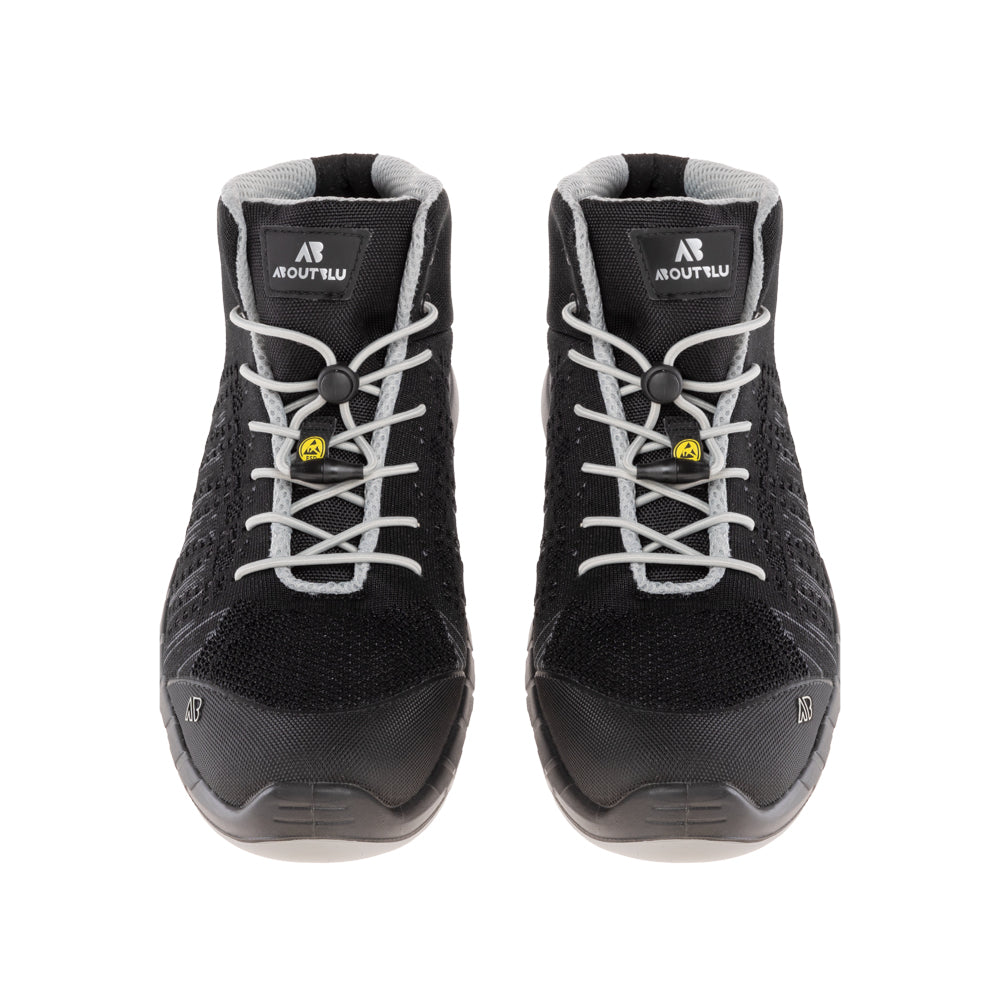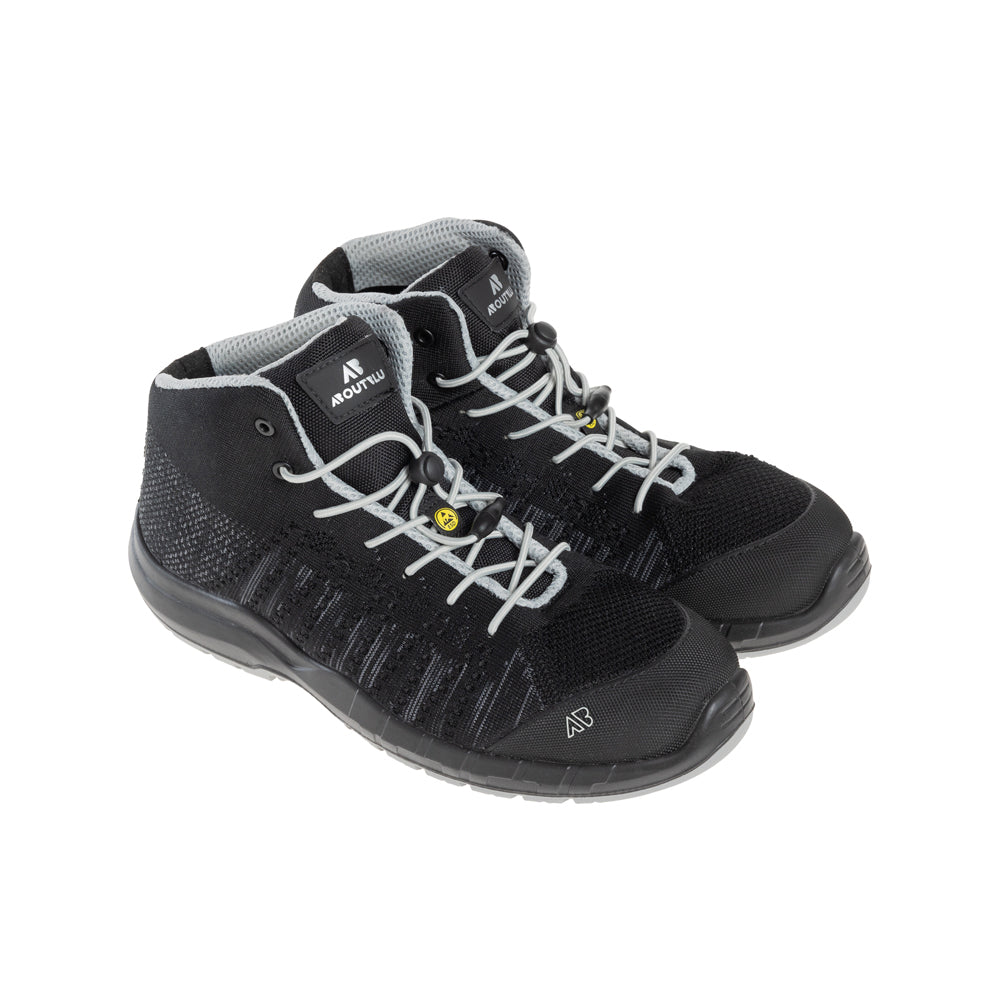When it comes to workwear, most of us focus on the obvious essentials: steel-toe boots, hard-wearing trousers, weatherproof jackets. But there’s one item that rarely gets the attention it deserves—and that’s the work belt.
Think about it. You wear it every day. It holds everything together—literally—and often supports the extra weight of tools, pouches, or clips. Yet for many workers, it’s still an afterthought. The wrong belt can lead to discomfort, distraction, or even injuries over time. A good one? It becomes part of your workflow—something you never have to think about again.
In this article, we’ll break down exactly why a high-quality work belt is a smart investment, and what separates the good ones from the cheap, throwaway options. We'll also show you where to find reliable belts like the HP3 Elasticated Belt and others in the Alex Direct Work Accessories collection.
1. It’s Not Just About Keeping Your Trousers Up
Let’s start with the basics. Sure, a belt’s primary function is to keep your trousers secure. That’s important—especially when you’re moving around all day on-site. But in the context of manual work, its role goes way beyond that.
For tradespeople, warehouse staff, delivery drivers, and outdoor workers, a belt often does double duty. It acts as:
-
A support system for tool pouches and clips
-
A stabiliser for balance and movement
-
A buffer for strain on your lower back
-
An anchor for PPE accessories or radios
-
A comfort enhancer when you’re carrying gear
In other words, it’s part of your performance—not just part of your outfit.
2. Cheap Belts Cost You More in the Long Run
We’ve all been there. You buy a low-cost belt thinking it’ll do the job, and within a couple of weeks, it starts to fray, stretch out, or fall apart. The buckle slips, the edges curl, and the next thing you know, you’re fiddling with it every ten minutes and dreading the next shift.
The problem with low-quality belts isn’t just that they wear out quickly—it’s that they waste your time, distract you during work, and force you to replace them far more often.
A well-made work belt may cost a little more up front, but over time, it pays for itself. You won’t need to replace it every few months. You won’t be constantly adjusting it. And you’ll avoid the discomfort and lost productivity that comes with poorly designed gear.
3. Comfort That Carries You Through the Day
Comfort is one of those things you don’t always notice—until it’s missing. An ill-fitting belt can dig into your sides, rub against your skin, or shift every time you crouch or reach overhead. After a full day of movement, that can take a toll.
A proper work belt is designed to eliminate those issues. Take the Elasticated Belt, for example. It uses a flexible, stretch-fit design that adjusts with your movement. Whether you’re kneeling, lifting, climbing, or driving between jobs, it stays snug without restricting you.
What makes it work:
-
Elastic webbing that flexes naturally
-
A durable clip buckle that holds firm all day
-
Low-profile design that fits under tool belts or harnesses
-
No metal parts to dig into your waist
If you’ve ever had a belt that left marks or bruises, switching to a quality elasticated option will be a game-changer.
4. Built to Handle Real Work Environments
Work sites aren’t exactly gentle. From rough weather to debris, heavy lifting to constant movement, your belt gets pulled in every direction—sometimes literally.
That’s why durability matters. A work belt should be tough enough to take knocks, stay intact through daily wear, and survive everything from pouring rain to dust, grease, or heat.
Materials matter here. Look for belts made from reinforced elastic or heavy-duty nylon. Steer clear of thin leather or weak plastic fastenings—they’ll only let you down. Belts like the HP3 are built to last and tested under real-world site conditions.
And because they’re made for tough environments, they’re also easy to clean. A quick wipe-down at the end of the day and you’re good to go.
5. Better Support = Less Fatigue
This is one of the benefits that often flies under the radar. A properly fitted belt, especially one that supports the weight of tools or PPE, can actually help reduce strain on your lower back and core muscles.
How? By distributing the load more evenly across your hips and waist.
It’s a small difference, but over an 8 to 12-hour shift, it adds up. If you’re already carrying gear or have a job that involves repetitive motion, a supportive belt is one of the easiest ways to reduce fatigue and stay comfortable all day.
Think of it like your boots—you wouldn’t wear a pair that throws your balance off. Your belt should work the same way.
6. Designed to Work With Your Gear
Another underrated point: your belt should be compatible with your kit. Whether you’re clipping on pouches, holding a multi-tool, or running a holster or hammer loop, the belt needs to handle that extra demand without sagging or twisting.
Cheap belts often collapse under the added weight, or worse, cause your trousers to pull down with them. A good work belt keeps your gear tight to your body, makes it easier to access, and stays in place when you move.
Some belts also work seamlessly under or through tool belts and harnesses—like the HP3, which has a slim, low-profile buckle designed not to get in the way.
7. A Subtle But Smart Upgrade
Let’s be honest: a belt isn’t the most exciting bit of workwear. But in terms of impact per pound spent, it’s one of the best upgrades you can make.
You’ll feel the difference every time you get up from a crouch. You’ll notice it when you’re walking site-to-site without constantly hitching your trousers. And you’ll appreciate it at the end of the week when your back doesn’t ache as much as it used to.
What to Look For in the Best Work Belt
Before you hit "add to basket", make sure your next belt ticks a few key boxes:
✅ Durability – Can it stand up to daily abuse?
✅ Stretch and Flexibility – Does it move with your body?
✅ Secure Buckle – Will it stay locked in place all day?
✅ Tool Compatibility – Can it carry extra load without failing?
✅ Low Profile – Will it sit comfortably under harnesses or pouches?
If your belt’s missing any of these features, it’s probably time to upgrade.
The work belt might not be the flashiest item in your wardrobe, but don’t underestimate it. It supports your movement, your tools, and—on rough days—your endurance.
Investing in a proper, comfortable, and durable belt is one of those small decisions that makes a big impact. Whether you’re laying foundations, rewiring lofts, or just powering through a long shift, the right belt won’t just hold up your trousers—it’ll help carry your day.
Shop the HP3 Elasticated Belt
Explore the Full Range of Work Accessories





